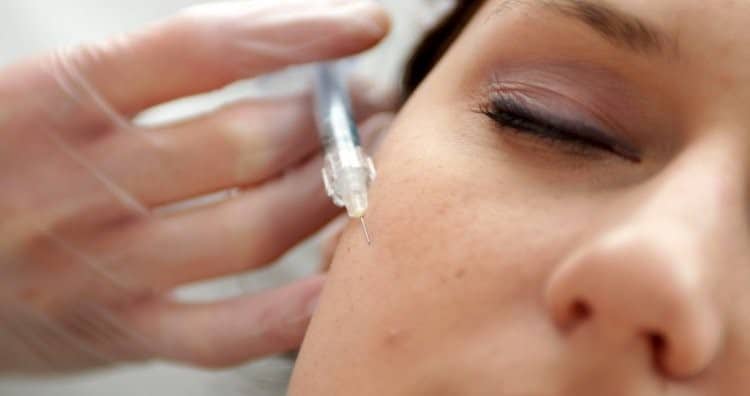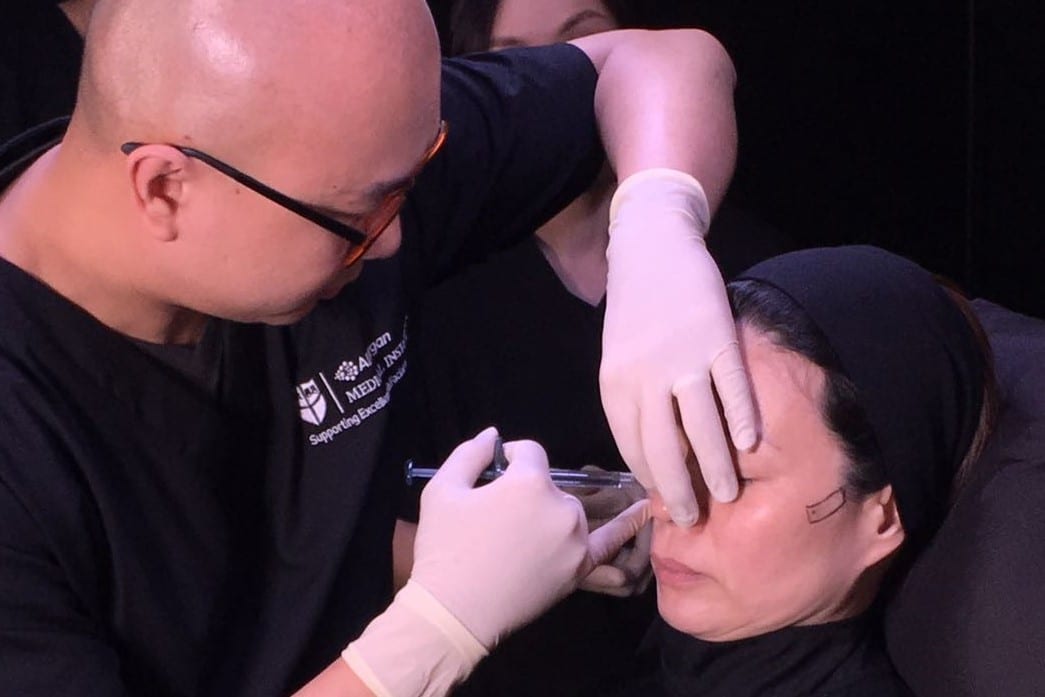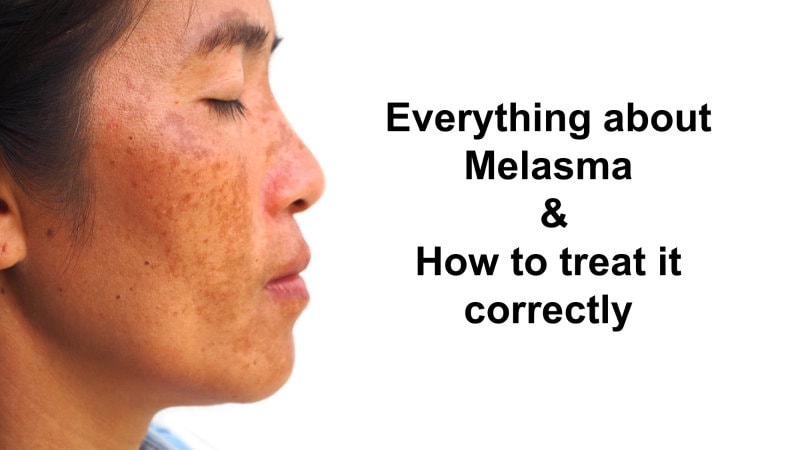Over six million BOTOX® treatments occur each year, making it a favoured non-surgical cosmetic treatment. BOTOX® is injected superficially into the patient’s skin with a tiny needle, in areas where wrinkles and fine lines are created by dynamic facial expression muscles.
Once injected, BOTOX® takes effect over the course of three to seven days to soften the appearance of wrinkles. The effect lasts 3 months on average, with repeat treatments enhancing smoothness as the muscles are kept gently weakened over time.
No one wants to see deep wrinkles and lines on his or her face, no matter what age. Recently, I have seen an increasing number of young women seeking out wrinkle treatment to prevent the development of wrinkles and brows. This has been termed ‘pre-juvenation with Botox’.
For some, this is alarming news. The concern for the patient will be:
- Are there any dangers associated with starting Botox before the age of 30?
- Is there such a thing as too young an age to receive Botox?
- How should someone in her early twenties approach the issue of Botox, if she is thinking about having the procedure done?
Firstly, there is no set rule on the age to have Botox done. Why?
One of the main reasons is because of the patient’s genetics. Part of it is also the doctor’s perception of beauty as well as the patient.
Lifestyle habits play an important role as well. I have seen many individuals who have the habit of furrowing eyebrows all the time. These individuals have a higher tendency to have early-onset wrinkles. Additionally, smoking, sun-exposure are some of the extrinsic factors that will hasten the process of skin ageing. Some individuals are more genetically predisposed to the development of lines and wrinkles. These groups of people can definitely benefit from earlier Botox treatments.
The Key is Moderation
I myself will not do Botox if I cannot see a wrinkle starting to set in. At the same time, as an aesthetic physician, I also want to prevent the development of static wrinkles on my patients.
If we treat our skin like a piece of paper, then we can see that the more we crinkle or fold a piece of paper, the more deep-set the creases will become. In the same line of thinking, most aesthetics doctors, including me, desire to prevent the development of static wrinkles. By the time we see the lines, the patient will need dermal fillers and/or laser resurfacing, in addition to the plain good ol’ Botox to improve their lines.
By doing Botox earlier, we are
- Slowing down the development of wrinkles:
- Less frequent repeat treatments needed. Also, because Botox was done earlier, facial muscles are more relaxed and this results in lesser regular ‘touch-up’ treatments.
The younger generation, aided by access to social media, is embracing a healthy, positive lifestyle. And they have widely accepted Botox to be an important part of their anti-aging, confidence-boosting toolbox.
At the end of the day, the onus falls back on the aesthetics doctor to ensure that the patient can benefit from the aesthetics treatment that his clinic offers. At the heart of what we do as an aesthetic clinic, we are in the business of improving someone’s confidence, not worsening body-image disorders.





